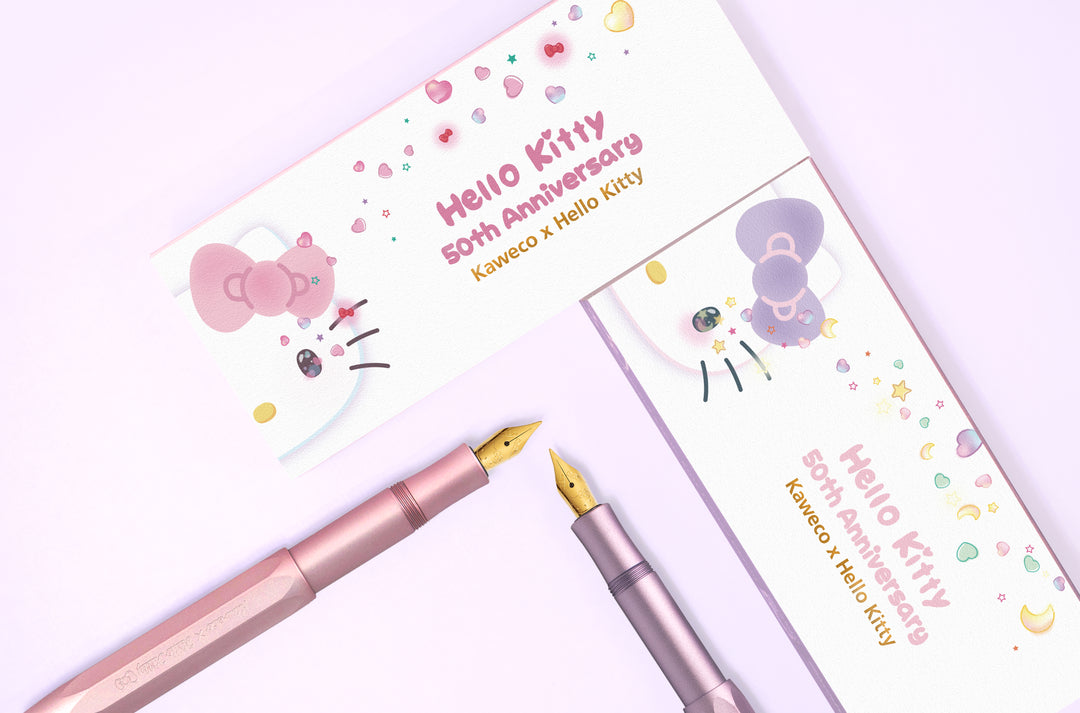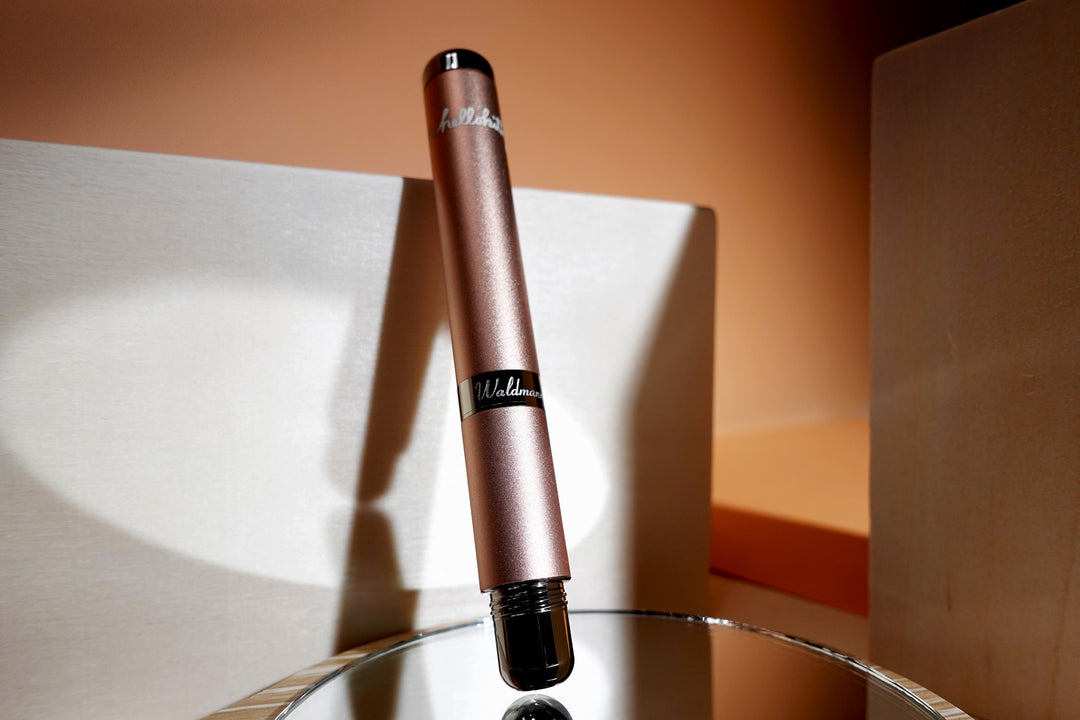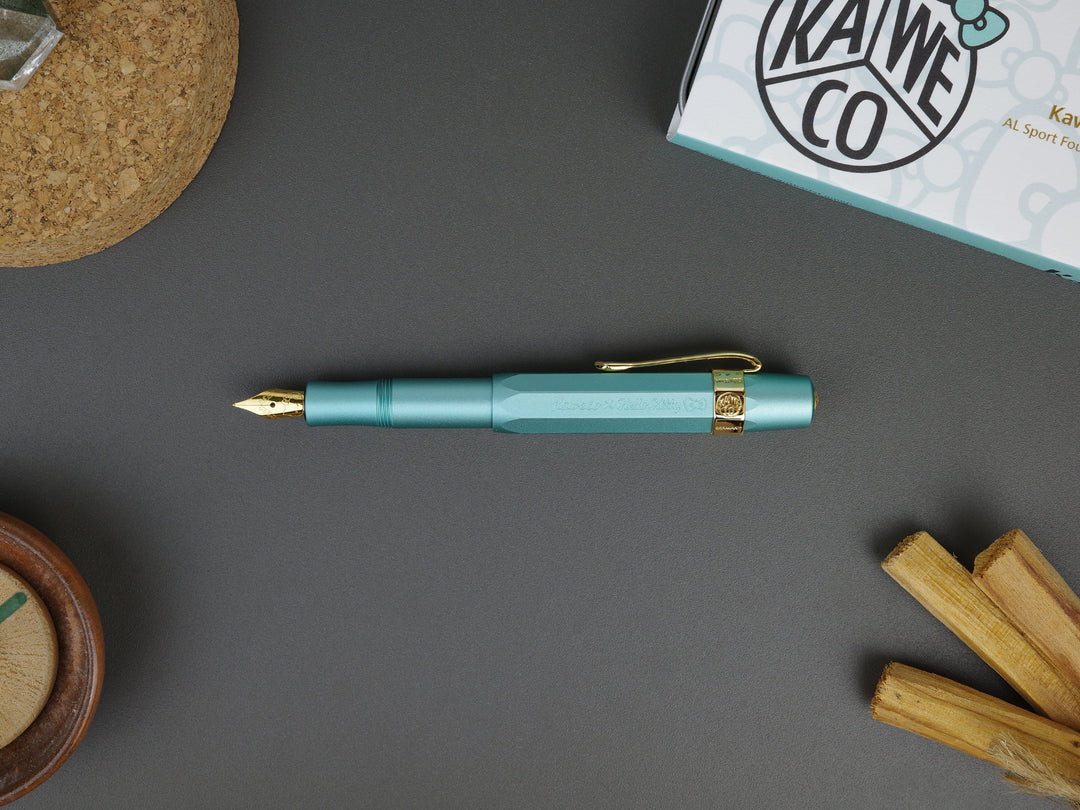HIGONOKAMI: A COMPREHENSIVE GUIDE FROM HISTORY TO MAINTENANCE
WHAT IS HIGONOKAMI?
Higonokami is a Japanese pocketknife, consists of only three main parts, the blade, the u-shaped metal handle, the rivet and without any delicate locking mechanism. User needs to hold firmly on the extended spine from the blade in order to have the blade fixed, simple, rustic yet very durable.
WHAT IS THE HISTORY OF HIGONOKAMI? / WHAT DOES HIGONOKAMI MEAN?
The meaning of "Higonokami" in Japanese is "The Lord from Higo", where Higo is the historic name of Kyushu, the main trading market of this simple and rustic utility knife. The history of Higonokami can be dated back to 19th century, after the disempowerment of the Samurai warriors by the "Meji Revolution" in the middle of 19th century, the Sumurai sword, also known as Katana, was banned in public. Consequently, Katana blacksmiths were forced to settle for alternatives, often turning to kitchen or utility knife making. Since most of the blacksmiths were located in Kyushu region, this paved the way to the success of this rustic and versatile knife, which was henceforth named after its origin and because of the similarity to the Katana, the Higonokami is often called the "little brother of the Katana". However, Higonokami was never considered as weapon but rather an everyday household tool. It was as well an essential for every Japanese student, who used it to sharpen their bamboo pens. The popularity of Higonokami abruptly ended in the 1960s, owning to the drastic measure of banning to carry all types of knife in public due to the murder of a prominent politician. The harmless Higonokami also fell victim to the ban and the 50 Higonokami workshops that originally crafted knives have faded to only 1 remain today: Nagao Koma Seisakusho.
WHO MAKES HIGONOKAMI? / WHO CAN MAKE HIGONOKAMI? / HOW MANY HIGONOKAMI MAKERS IN THE WORLD?
In the year 1899, the Higonokami knife makers guild was founded, expanding up to 200 members in its heyday. In 1907 the name became a registered brand for the exclusive use of guild members. Nagao Koma Seisakusho was found in the 27th year of Meiji era (1894) by Komataro Nagao, he was one of the first makers and a founding member of the Higonokami knife makers guild. His descendant Mitsuo Nagao, who today runs the small factory in Miki, is the only legitimate owner of the brand "Higonokami" as of today. The supply is scarce as with only five employees and a limited number of custom machines, he can only produces 50 to 200 Higonokami pocketknives per week, depending on the size and version.
WHERE TO BUY HIGONOKAMI?
We, Pen & Tool, are proud to offer the most comprehensive collection of Higonokami in the world (outside Japan).
HOW MANY SIZES OF HIGONOKAMI?
Higonokami is only available in 5 sizes:
XS - Folded Length: 55mm (2.17"), Full Length: 90mm (3.54")
S - Folded Length: 75mm (3"), Full Length: 130mm (5.12")
M - Folded Length: 90mm (3.54"), Full Length: 165mm (6.5")
L - Folded Length: 100mm (3.94"), Full Length: 180mm (7.1")
XL - Folded Length: 120mm (4.72"), Full Length: 220mm (8.66")
WHAT IS THE HANDLE MATERIAL OF HIGONOKAMI?
The handle is made of brass, steel or iron depending on the version.
WHAT IS THE BLADE MATERIAL OF HIGONOKAMI?
Depending on the version, three types of carbon steel are used: SK, Blue Paper (Aogami) and White Paper (Shirogami).
CARE AND MAINTENANCE OF HIGONOKAMI?
Blade is made of carbon steel, which is usually harder, more wear-resistant and easier to sharpen than stainless steel but more prone to oxidation. You could either give it the care and attention that it needs, keep it clean and dry after every use and occasionally oiling with mineral oil or give it a patina and forget about it.
Some handles are made of brass and patina will inevitably form over time. You may either give it a patina and make it uniquely yours or use brass polish paste/solution for removing oxidation. Apply the paste on the oxidated area and rub it with a cotton cloth until the oxidation is removed. Then using another clean cotton cloth, rub off the dirt thoroughly, and continue until a glossy shine.
HOW TO SHARPEN HIGONOKAMI?
Keep your knife sharp by using a whetstone and depends on the types of whetstone, some may need to lubricate with oil or water. The type of stone to use is just a personal preference.
Hold the knife blade at about a 30-degree angle and push it along the stone as though you were slicing a layer off the top. For a sharper but less durable edge, you can try a lower angle, like 20 degrees. But whatever you choose, do keep the blade at a consistent angle. Then sharpen the other side of the blade the same way.




Leave a comment